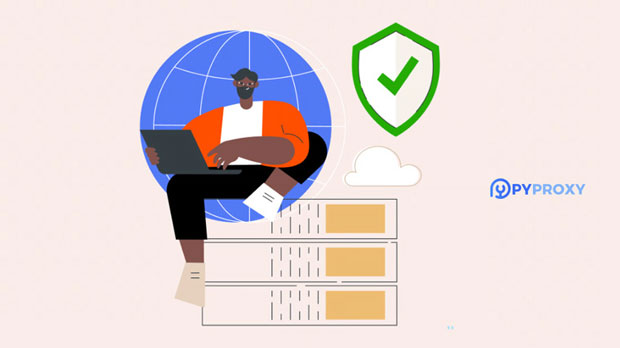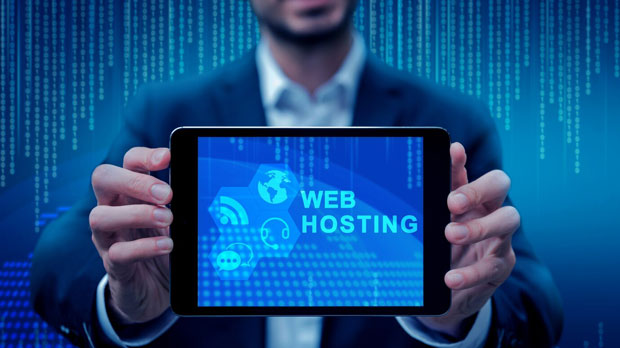When browsing the internet, users often encounter content restrictions, geographical limitations, or privacy concerns that prompt the use of proxies. Proxies act as intermediaries between the user and the internet, allowing users to unblock websites and protect their online identity. There are two common types of proxies: free unblock sites proxies and paid proxy services. These two options cater to different needs, with distinct advantages and disadvantages. In this article, we will explore the differences between free unblock sites proxies and paid proxy services in-depth, examining factors such as speed, security, reliability, and privacy. By understanding these distinctions, users can make informed decisions about which proxy service suits their requirements. 1. Overview of Free Unblock Sites ProxyA free unblock sites proxy is a proxy service that allows users to bypass website restrictions or censorship without any cost. These proxies are generally accessible to anyone with an internet connection and can be used to unblock websites, access region-restricted content, or maintain anonymity while browsing. Free proxies typically operate by routing a user's traffic through a proxy server, masking their real IP address and providing an alternative one.While free unblock sites proxies are convenient and cost-free, they come with several limitations. These include slower speeds, limited server options, a higher risk of privacy breaches, and the potential for unreliable connections. Many free proxy services also impose restrictions on the amount of data you can use or limit access to specific websites.2. The Advantages of Free ProxiesFree unblock sites proxies provide certain benefits that make them appealing to casual users:- No Cost: The most obvious benefit is that these services are free to use, making them an ideal choice for individuals on a tight budget or those who only require temporary access to restricted websites. - Ease of Use: Most free proxy services are easy to set up, requiring no technical knowledge or advanced configuration. Users can typically access these services through a simple web interface, making them accessible to a broad range of people.- Quick Setup: Free proxies allow users to unblock websites quickly without much effort, making them useful for immediate needs such as unblocking a specific site during a one-time browsing session.3. Disadvantages of Free Unblock Sites ProxyWhile free proxies have certain advantages, they come with numerous drawbacks that users should be aware of:- Slow Speeds: Since free proxies are used by a large number of people simultaneously, the servers are often overloaded. This can lead to slow browsing speeds and frequent disconnections, which can be frustrating for users who need a reliable and fast connection.- Security Risks: Free proxy services often lack encryption, which means that user data may be vulnerable to interception. In many cases, free proxies may also log user activity, which could compromise privacy.- Unreliable Connections: Free proxies are less stable than paid services. Users may experience frequent downtime or connection failures, making them unreliable for continuous browsing or streaming.- Limited Features: Free proxies typically have fewer features compared to paid services. Users may encounter limited server options, lower bandwidth, and restrictions on specific websites or services.4. Overview of Paid Proxy ServicesPaid proxy services, on the other hand, offer a more premium experience for users who require reliable, fast, and secure internet access. These services come with a subscription fee, but the added cost provides several significant benefits. Paid proxies are typically more reliable, with faster speeds, better security, and higher availability. These proxies are often used by businesses or individuals who need to access sensitive content or maintain high levels of anonymity.Paid proxy services are usually more secure and provide a greater range of features, including encrypted connections, dedicated IP addresses, and access to multiple servers worldwide. These services are also more stable, offering fewer downtimes and faster connection speeds.5. The Advantages of Paid Proxy ServicesPaid proxy services offer a range of benefits that can make them a better option for users with specific needs:- High-Speed Connections: Paid proxy services offer faster speeds, ensuring that users can access websites and stream content without buffering or interruptions.- Enhanced Security and Privacy: Paid proxies generally offer encryption, ensuring that user data is protected from hackers or third parties. These services also have strict no-logs policies, which means that users' browsing activities are not stored or shared.- Reliability: Paid proxies tend to have higher uptime rates, which means that users are less likely to experience downtime or slow connections. This is especially important for businesses or individuals who rely on constant, uninterrupted access to the internet.- Dedicated IPs and Access to Multiple Servers: Paid proxy services typically offer access to multiple servers in various locations, allowing users to switch between different IP addresses and avoid geographical restrictions. Dedicated IP addresses also ensure that users have a unique, stable identity online.6. Disadvantages of Paid Proxy ServicesDespite the many advantages of paid proxy services, there are some downsides that users should consider:- Cost: The most significant drawback of paid proxies is the cost. These services require a subscription, which can be expensive for users who only need occasional access to restricted content.- Complex Setup: Compared to free proxies, paid services may require more technical setup and configuration. However, most paid proxy providers offer customer support to help with the installation process.Conclusion: Choosing the Right Proxy Service for Your NeedsIn conclusion, the decision between using a free unblock sites proxy and a paid proxy service depends on your specific needs and priorities. If you are looking for a no-cost, quick solution to unblock websites occasionally, a free proxy might be sufficient. However, for those who require faster speeds, better security, and reliable access to global content, a paid proxy service is a much better option.Ultimately, paid proxies offer more robust features, greater security, and a more reliable experience, making them a wise choice for users who need consistent, secure, and fast internet access. However, free proxies can still be useful for casual users with limited needs, as long as they are aware of the risks involved.
Aug 04, 2025



































































